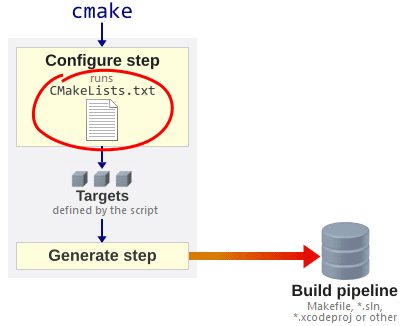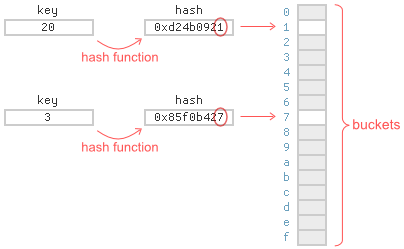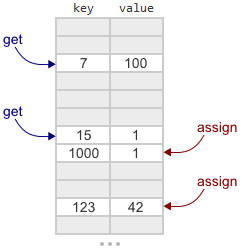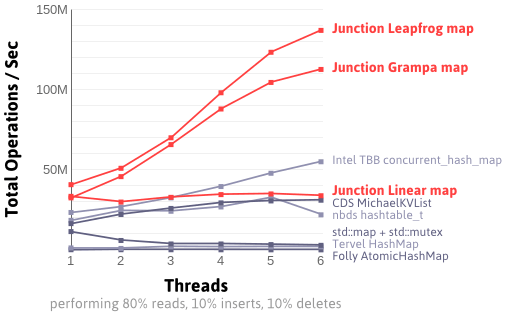Cairo is an open source C library for drawing vector graphics. I used it to create many of the diagrams and graphs on this blog.
Cairo is great, but it’s always been difficult to find a precompiled Windows DLL that’s up-to-date and that doesn’t depend on a bunch of other DLLs. I was recently unable to find such a DLL, so I wrote a script to simplify the build process for one. The script is shared on GitHub:
If you just want a binary package, you can download one from the Releases page:
The binary package contains Cairo header files, import libraries and DLLs for both x86 and x64. The DLLs are statically linked with their own C runtime and have no external dependencies. Since Cairo’s API is pure C, these DLLs should work with any application built with any version of MSVC. I configured these DLLs to render text using FreeType because I find the quality of FreeType-rendered text better than Win32-rendered text, which Cairo normally uses by default. FreeType also supports more font formats and gives text a consistent appearance across different operating systems.
 Preshing on Programming
Preshing on Programming








